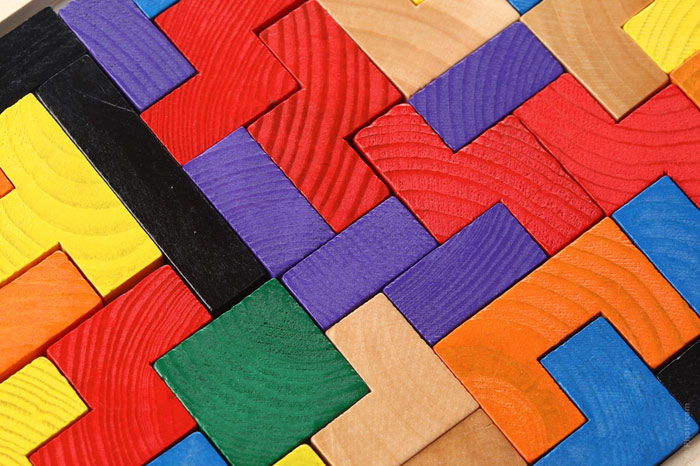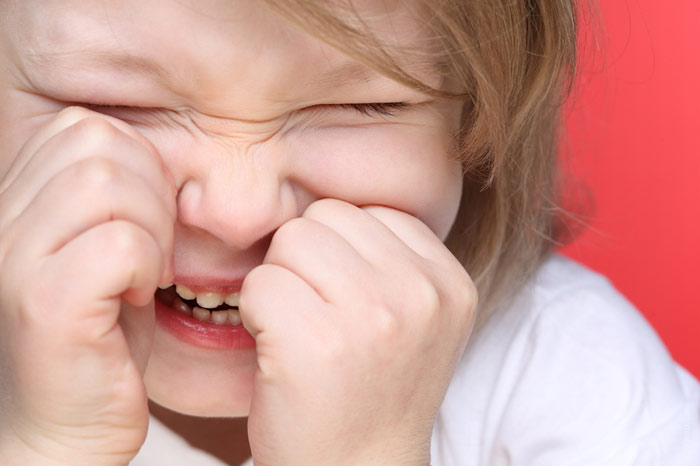How to Make Traveling by Plane with Kids Stress-Free?
Traveling by airplane is a complex test for children, parents and the surrounding passengers. Kids find it difficult to overcome the changes in pressure, and they feel airsick. Besides, it is not an easy task even for an adult to sit in one place for more than an hour.

Geniuspregnancy.com has collected psychologists’ tips and parents’ lifehacks that will help make the trip quiet, calm and pleasant for everyone.
The main rule is that children feel their parents’ mood. If the mother is nervous because of the flight being delayed or the taxi being late, these emotions affect the child immediately.
1. Hearing is muffled
This occurs due to the sharp pressure drop. Sometimes the sensation is accompanied by pain in the ears. There are several ways to deal with it.
Toddlers from 1 to 3 years:
- give a pacifier or a bottle; some mothers prefer to breastfeed the baby;
- if the kid likes to imitate your behavior, try to yawn wide together with him or just open your mouth;
- try children’s earplugs that help to gradually stabilize the pressure in the ears – the kids will not feel any discomfort.
If all the methods fail to work, use nasal congestion drops for the appropriate age.
Children aged 3+ years:
- yawn or open the mouth wide;
- “blow” the ears by shutting your mouth and clipping the nose with fingers and trying to exhale the air;
- suck on candies, sip a drink through a straw or eat a snack, such as a roll or an apple;
- try earplugs for children.
If the child has a cold, a stuffy nose, or a sore throat, doctors recommend drops that can soothe the mucous membrane or earplugs for children.
2. How to entertain a child during the flight?

Toddlers from 1 to 3 years:
Healthy sleep
Many parents select the flight that corresponds to the toddler’s daily routine. If they fail to do so, they start to slowly rebuild the kid’s sleep period 5-6 days before the flight for it to coincide with the time of the trip. You can walk with the toddler around the airport 1-2 hours before the departure; shortly before boarding, you can make a warming massage in the mother-and-child room, feed the baby and change a diaper. It is uncomfortable to do this on board. Some babies fall asleep faster when the mother rocks them on her hands, wandering along the cabin of the aircraft. Do not forget to take an inflatable pillow and a blanket or scarf, which can be used to cover the kid.
Food
Kids will cope with the flight easier with the help of food, especially when it comes to their favorite treats. Turn it into a game: you take cookies for little children in the form of letters and animals, or fruit jelly in the form of bears or worms.
Physical activity
An aircraft is a huge toy for a child. Walk around the cabin, telling what’s inside the plane; drop in to the flight attendants’ compartment where food and drinks for passengers are kept. It is even allowed to go to the cockpit during some domestic US flights.
Games and entertainment

- Choose a seat next to the window. Breathe onto the glass for it to get misted: now you can use it to draw something with your fingers. Try to look for the clouds looking like animals. You can also buy stained glass stickers in the form of animals – they are easy to stick and remove and can help you arrange a real circus on the glass.
- Play air football using a napkin. Unfold the table, take a napkin, crumple it into a ball and blow at it from different sides. The idea is not to let the napkin fall from the edge of the table.
- Try the usual interactive and soft sewn books (without music) with small windows, wheels, envelopes and pop-up paper figures. Children can study and play with them for hours.
- You can play pantomime or pat-a-cake with your kid. You can hide a couple of objects and play the “hot-and-cold” game, prompting the kid where to find them. Make puppets from paper and act out a mini-performance right on the folding table.
For children aged 4+ years:

Healthy sleep
For the child to feel comfortable when sleeping in a seat, take a pillow for the neck and a blanket. Ask the flight attendant to let you move to the back of the airplane for your child to lie along the seats, if there are vacant ones.
Games and cartoons on the tablet with headphones
Such games help to distract the child’s attention. But be careful as sometimes children feel sick because of this.
Games
Try children’s games for traveling, such as UNO card game, Activity Travel or Leonardo puzzle games. Remember childhood games with paper from your childhood: hangman, tic tac toe, maze, dots and boxes, battleship.
Creative activities
There are albums for scratchboard and water coloring, which can keep the child busy during the trip, preserving the area around you clean. Books with reusable stickers are yet another good solution.
“On board” quest (for 3+ children)

Turn the entire flight into a real adventure: after boarding, the kid gets a sheet with the tasks that must be completed before the end of the flight. If the tasks are executed, the commander gives him the grand prize presented by the beautiful flight attendant.
What to do:
- Create a list of tasks. It should include the tasks with a box next to each of them. This is your checklist.
- Come up with the tasks and choose puzzles and riddles. It is important to predict the time needed to accomplish the tasks for the child to be occupied during the entire flight.
- Prepare the main prize, such as a new toy. Give it to the flight attendant at the beginning of the flight, explaining the idea.
Your actions: before the flight begins, give the check-list and a pen to your child. Explain the rules of the game. Carrying out the tasks successfully, the child should tick them on the list. When all the tasks are accomplished, the kid presses the call button, and gets the prize from the flight attendant.
Ideas for the tasks
“100 steps”. The kid is asked to measure the plane and record the data in the checklist. The idea is to measure the length of the cabin in steps, then measure its width in elbows (it is convenient to do this along the cabin walls next to the last row and the first seats), and finally measure the width of the seats with palms. The kid will measure, and you can help with counting out loud.
- “The launch of the aircraft.” Make a paper airplane together. Run 3 trial launches of your paper airplane along the cabin, if there are vacant seats.
- “Lunch break”. The child must eat during the flight without a whim.
- You can come up with your own tasks on the basis of the child’s interests.
3. What should you do if your child gets hysterical on board?

Toddlers from 1 to 3 years
Blow gently into the toddler’s face or spray a little water on it. Toddlers need to be caressed to calm down: rock the kid, talk quietly and massage him/her gently. Distract the toddler’s attention, smile, hug, and offer him a toy or a drink.
A child of 4+ years
Suggest quietly discussing the problems with your child after breathing exercises. Deeply inhale and exhale the air 10 times. Ask whether you have correctly understood the problem, give the kid a chance to speak. Offer a drink, a book or a toy. Sing his favorite song. Embrace the child, and it will help him cope with stress faster.
